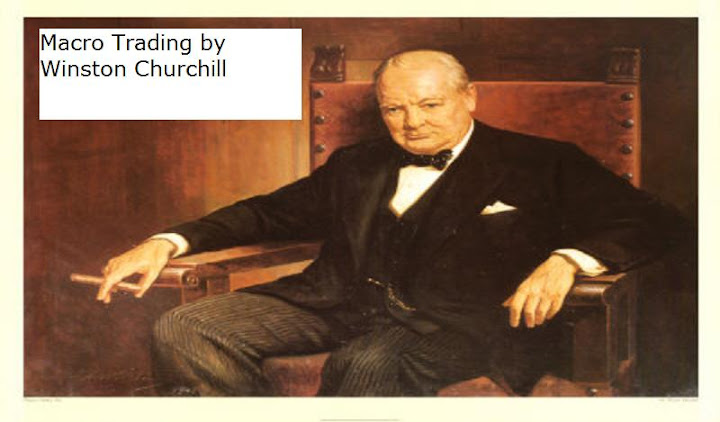24 May 2011
Steen's Chronicle: No more Silver Bullets?
Steen Jakobsen, Chief Economist

Madrid or Cairo?
I could give you a song and a dance rooting on how there is risk of both upside and downside from here, but let me instead cut straight to the chase:
I am turning net negative on the markets from here – my old call was for 1380/1400 in the S&P cash index and with the recent high of 1371, I now deem this to have been effectively reached. This negative outlook risks coming at a local low in the market, but there are several factors that make me make this call despite this risk:
Gold and S&P have started to move in opposite directions -This is a key indicator – In order for this to be a “proper correction” we need them to move in opposite directions as gold should find buyers nervous about stocks, politics and the general outlook. The correction so far this year has been general risk-on / risk-off on liquidity, etc. Things are looking different this time around.
China leads and has led since the crisis in 2008 – Every single turn: down and up has happened in China first. On that note, the Shanghai composite index took out long-term support over the last three sessions.
Spain – scoring its own goal – Despite the consensus that the risk to Spain comes from the “reprofiling” of Greece debt, it’s more likely to be self-induced – I.e: the economic- and poltical environment deteriorates faster than the political will to resolve it. The local elections are a sign of increasing pressures.
Social tension - I have travelled extensively in Asia, the Middle East and Europe over the last two months and the social tension everywhere is rising. The social cohesion or lack of it is not something the market deals with as it is seen as too “unacademic”. But trust me in the talks, speeches and customer talks I have had it’s a real concern and nothing says it better than the recent surge of youth determination to show their disapproval of their government and their plight in Spain.
Technical patterns. I use a “back-bone” model which essentially is a momentum model – it’s simple but it keeps you honest (and long when needed!). This model is throwing out huge warning signals as it has entered a short on EMG-Markets and is now looking close to shorting the SPX Index.
SPX moving avg. model close to going short
Emerging Markets (EEM ETF) already short
Valuation - My colleagues Mads Koefoed and Peter Garnry have developed an extremely interesting model which combines valuation with momentum of earnings in a consistent bottom-up way. The model indicates we are seeing “stretched” valuations. This model will soon be available for a general audience.
Chart 4: Saxo Bank valuation model (CAPE + Piotroski based) – showing expensive valuation
Finally, despite fundamentals being of no relevance, my negative view on Asian growth especially and world growth generally are being slowly vindicated – with the first derivative being one of increased fiscal deficits due to lower growth and tax revenue. Yes, the world may be prepared to deal with fiscal spending cuts, but the negative economic gravity seems to be outperforming the political will to deal with the problem. Another fundamental fact lost on most analysts is that in order for austerity(spending cuts) to work, they must ALWAYS be accompanied by loose monetary policy – the one thing we are not getting, no matter what happens from here.
Citigroup Index and Saxo weighted model
A local low in the stock market is clearly a risky proposition – the first obvious risk being that the G-8 at the end of this week creates some sort of consensus on how to solve the issues, but it is a risk I am willing to take as the ECB and Finance Ministers battle it out about Greece, Portugal and soon Spain. The other risk being some major Marshall plan secretively being worked out behind the scenes – again I am willing to risk 5-7% upside to be conservative.
In my notes above I have only indirectly included the clear and present risk of the situation in Europe getting worse – the reason being that it’s clearly priced in to some degree. What I do not see priced in are most of the other factors I have described. Market trends change more often than not on political events. I see this week-end’s Spanish election as a key catalyst. When watching people camping out in Madrid’s squares, it’s hard not to remind yourself that this is how things started in Egypt and the rest of MENA. A youth unemployment rate of 45% and a general unemployment rate of more than 21% is clearly not socially sustainable.
It may be this social dimension which is the real trigger for change and reason for a correction, and if so the market will prove unprepared as I am yet to see any trading model or statistical projection that includes social cohesion in its regressions. It could be the case of it's not what you do see, but what you don’t see that is most important.
The new target for the S&P cash index will be 1225/35. If we take out 1350 again on the upside, on the other hand, I will clearly need to revisit my overall call, but for now caution is recommended.
If you are not the intended recipient (or have received this email
by mistake), please notify the sender immediately and destroy this
email. Any unauthorised copying, disclosure or distribution of the
material in this email is strictly prohibited.
Email transmission security and error-free status cannot be guaranteed
as information could be intercepted, corrupted, destroyed, delayed,
incomplete, or contain viruses. The sender therefore does not accept
liability for any errors or omissions in the contents of this message
which may arise as a result of email transmission.
.jpg)



